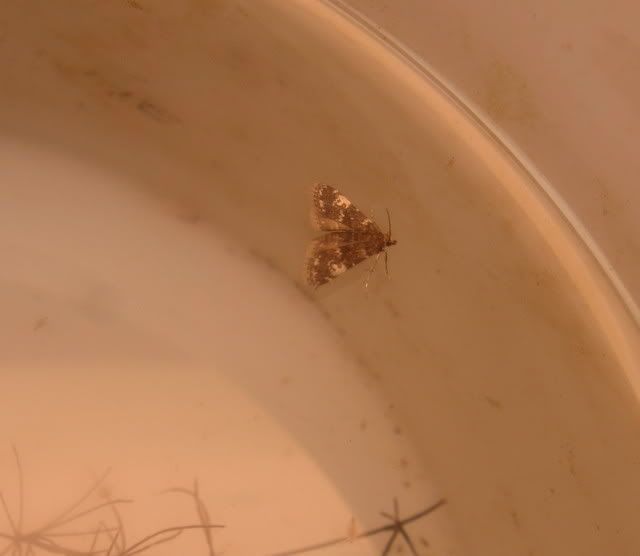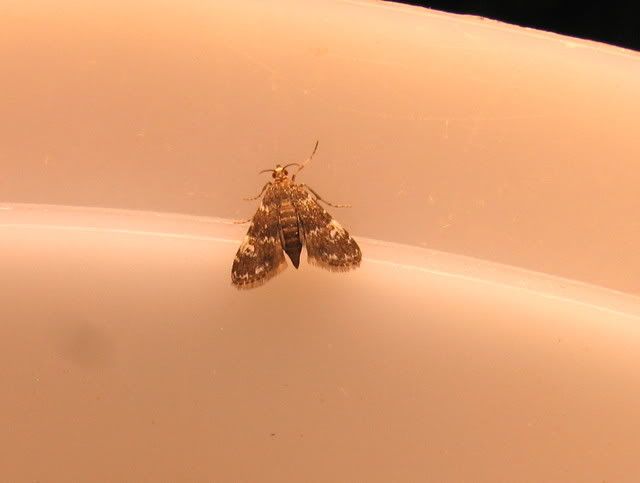It's a policy I used to enjoy flaunting on the mainstream aquarium hobby boards to stir up trouble with the "Experts" who would positively quiver with indignation as they described in great detail all the horrible plagues, diseases, paracites and preditors that would wipe out my tanks. Kinda like the way I would make them tweak when I admitted I don't use GAC, test kits or water conditioners.
Well I've grown out of the need to tweak teenage aquarium experts, plus I've finally found a forum of like minded freaks who think like I do.
Anyway, of all the inverts in the world, terrestrial or aquatic, my number one favorite by far are the lepidoptera. My passion for butterflies, moths and caterpillars approaches the level of passion I feel for fish and snakes.
One of the psyco photography projects I used to persue was to phtograph the life cycle of as many lepidoptera as I could, from egg to butterfly, with emphasis on capturing the trasformations as they occured.
One group of leps that always intriqued me were the aquatic moths. I had always planned to try and collect eggs and raise them in an aquarium to photograph. I frequently observed egg laying from the generic white aquatic moth which I believe is an introduced species that eats milfoil. I never got around to it though and my photography habit died when my antique film camera fell off a tripod.
I guess this is too much intro and better get to the gist before you lose interest.
Last night whilte checking my fry tank I found this guy perched on a piece of duckweed. He must have just emerged and while photographing him, he eventually started flapping his wings and finally flew off for parts unknown. A cursury search online did not reveal the species so if anyone has a guess, I'd appreciate it.
I'm guessing I have added moth larvae and/or pupa on many occasions without realizing it but hey must get eaten before I notice. Being in a tank of tiny fry is my guess for why this one survived.
Be sure I'll be looking alot closer at the plants I collect!










